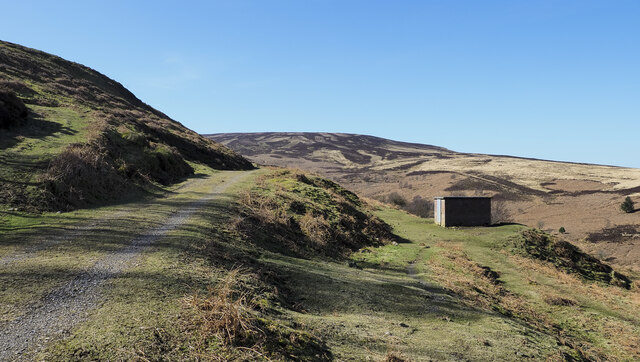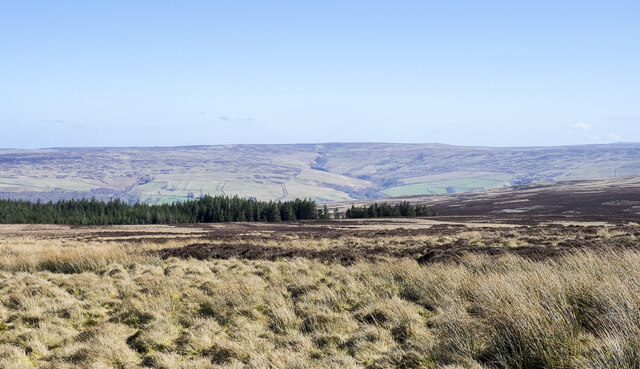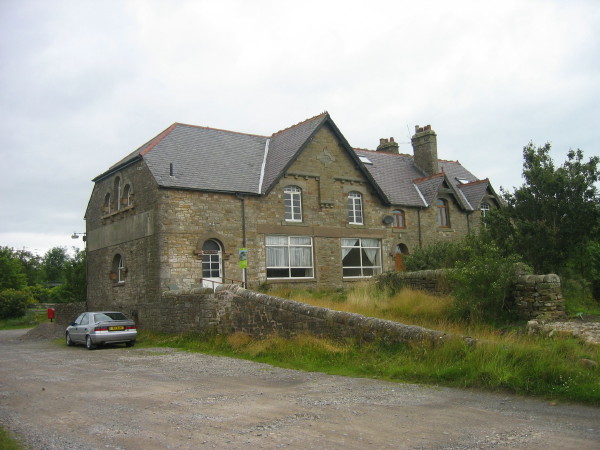Haltonlea Fell
Hill, Mountain in Cumberland Carlisle
England
Haltonlea Fell

Haltonlea Fell is a prominent hill located in the county of Cumberland, in the northwestern region of England. Situated within the Lake District National Park, it is part of the Cumberland Fells, a range of hills renowned for their natural beauty and scenic landscapes.
Rising to an elevation of approximately 331 meters (1,085 feet), Haltonlea Fell offers breathtaking panoramic views of the surrounding countryside. Its distinctive shape and rugged terrain make it a popular destination for hikers, nature enthusiasts, and photographers alike.
The hill is characterized by its steep slopes, which are covered in heather, grasses, and scattered rocks. The terrain is varied, with rocky outcrops and craggy areas adding to its charm. The summit of Haltonlea Fell provides a perfect vantage point to admire the picturesque valleys, rolling hills, and distant mountains.
In addition to its natural beauty, Haltonlea Fell also holds historical significance. The area is dotted with remnants of ancient settlements, including stone circles and burial mounds, which offer a glimpse into the region's rich past.
Access to Haltonlea Fell is relatively easy, with several footpaths leading to its summit. The hill is located near the village of Caldbeck, which provides amenities and services for visitors. Furthermore, the surrounding area offers a range of outdoor activities, such as walking, hiking, and birdwatching, making Haltonlea Fell an ideal destination for those seeking to explore the natural wonders of Cumberland.
If you have any feedback on the listing, please let us know in the comments section below.
Haltonlea Fell Images
Images are sourced within 2km of 54.909119/-2.5678899 or Grid Reference NY6357. Thanks to Geograph Open Source API. All images are credited.
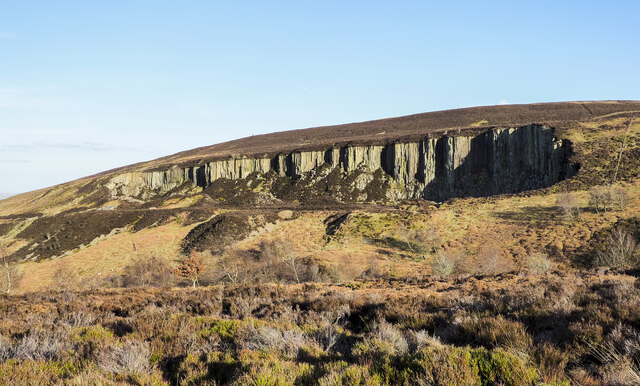
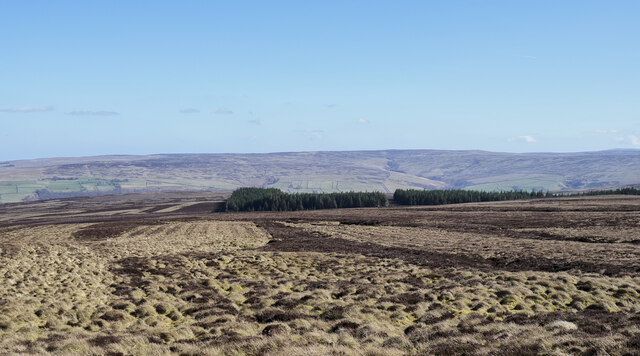





Haltonlea Fell is located at Grid Ref: NY6357 (Lat: 54.909119, Lng: -2.5678899)
Administrative County: Cumbria
District: Carlisle
Police Authority: Cumbria
Also known as: Byers Pike
What 3 Words
///flopping.straws.internal. Near Greenhead, Northumberland
Nearby Locations
Related Wikis
Midgeholme Coalfield
The Midgeholme Coalfield is a coalfield in Midgeholme, on the border of Cumbria with Northumberland in northern England. It is the largest of a series...
Halton Lea Gate
Halton Lea Gate is a small village in Northumberland, England, on the A689 road close to the boundary of the counties of Northumberland and Cumbria. The...
Tindale, Cumbria
Tindale or Tindale Fell is a hamlet in the parish of Farlam in the City of Carlisle district of the English county of Cumbria. It is to the south of the...
Midgeholme
Midgeholme is a hamlet and civil parish in City of Carlisle district, Cumbria, England. At the 2001 census the parish had a population of 67. The parish...
Nearby Amenities
Located within 500m of 54.909119,-2.5678899Have you been to Haltonlea Fell?
Leave your review of Haltonlea Fell below (or comments, questions and feedback).
